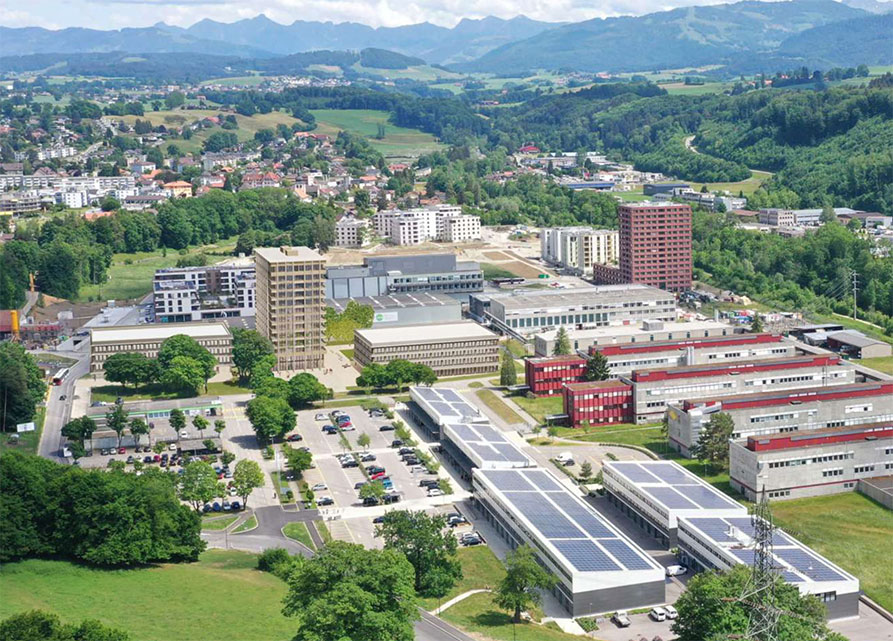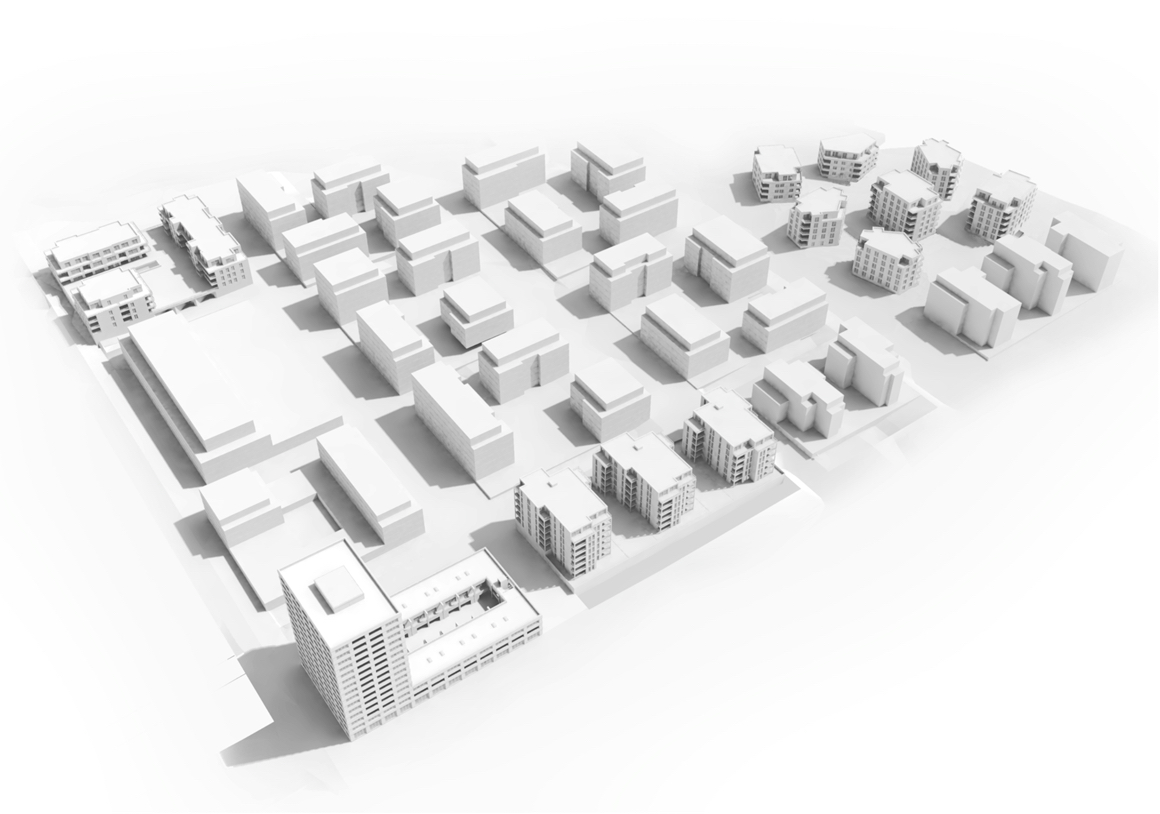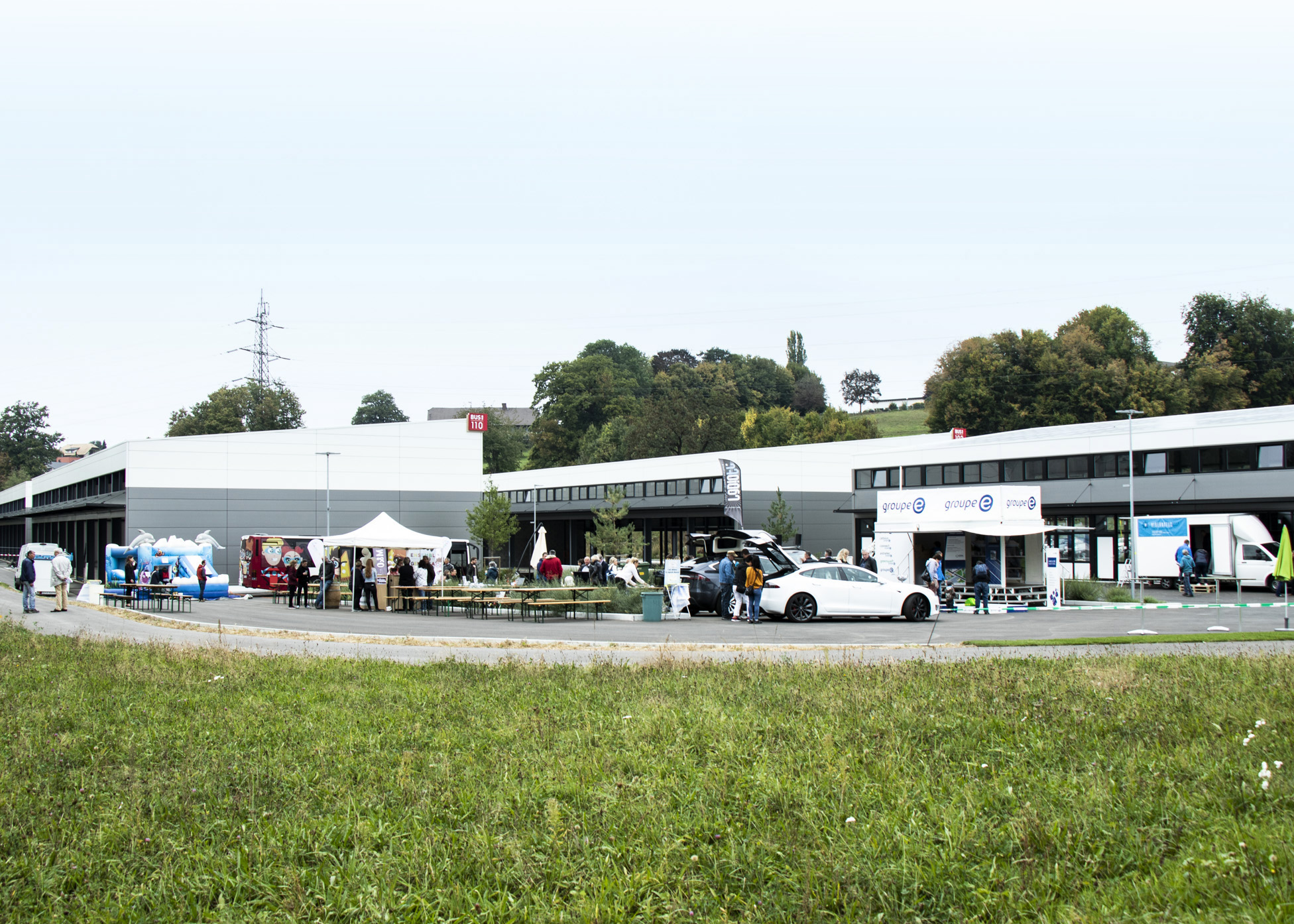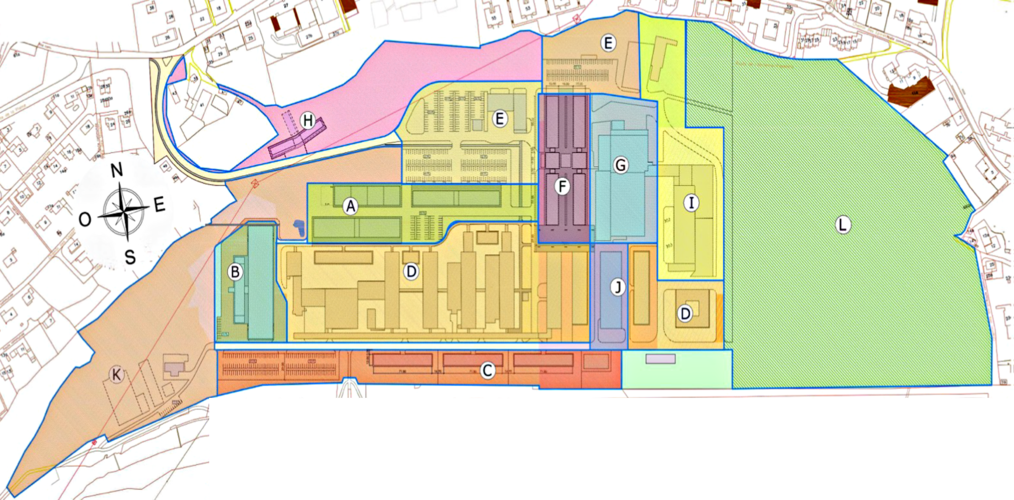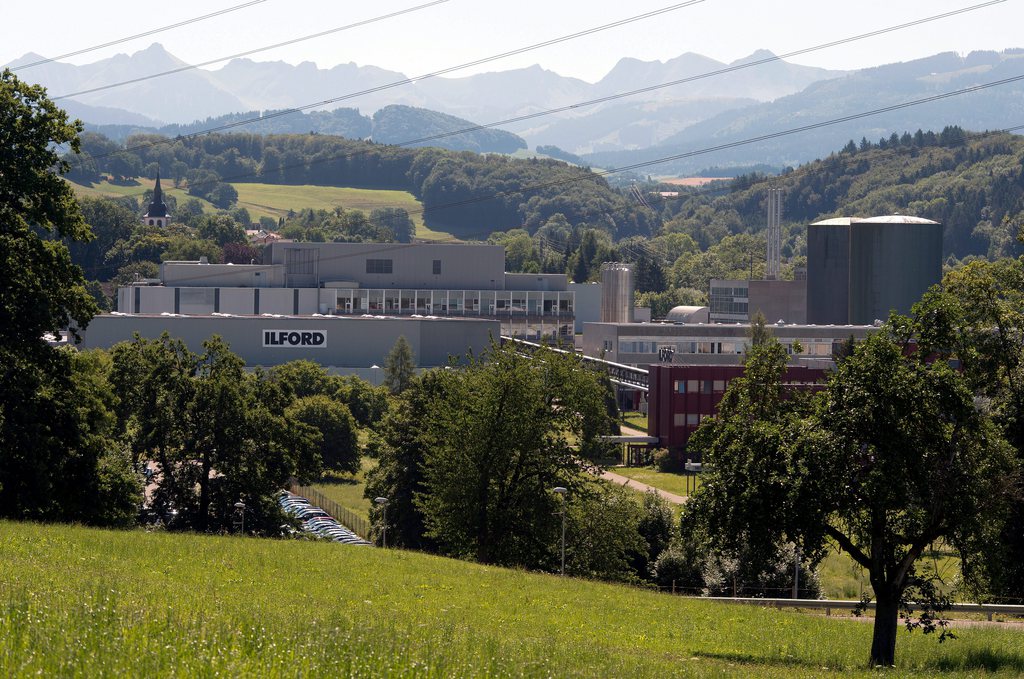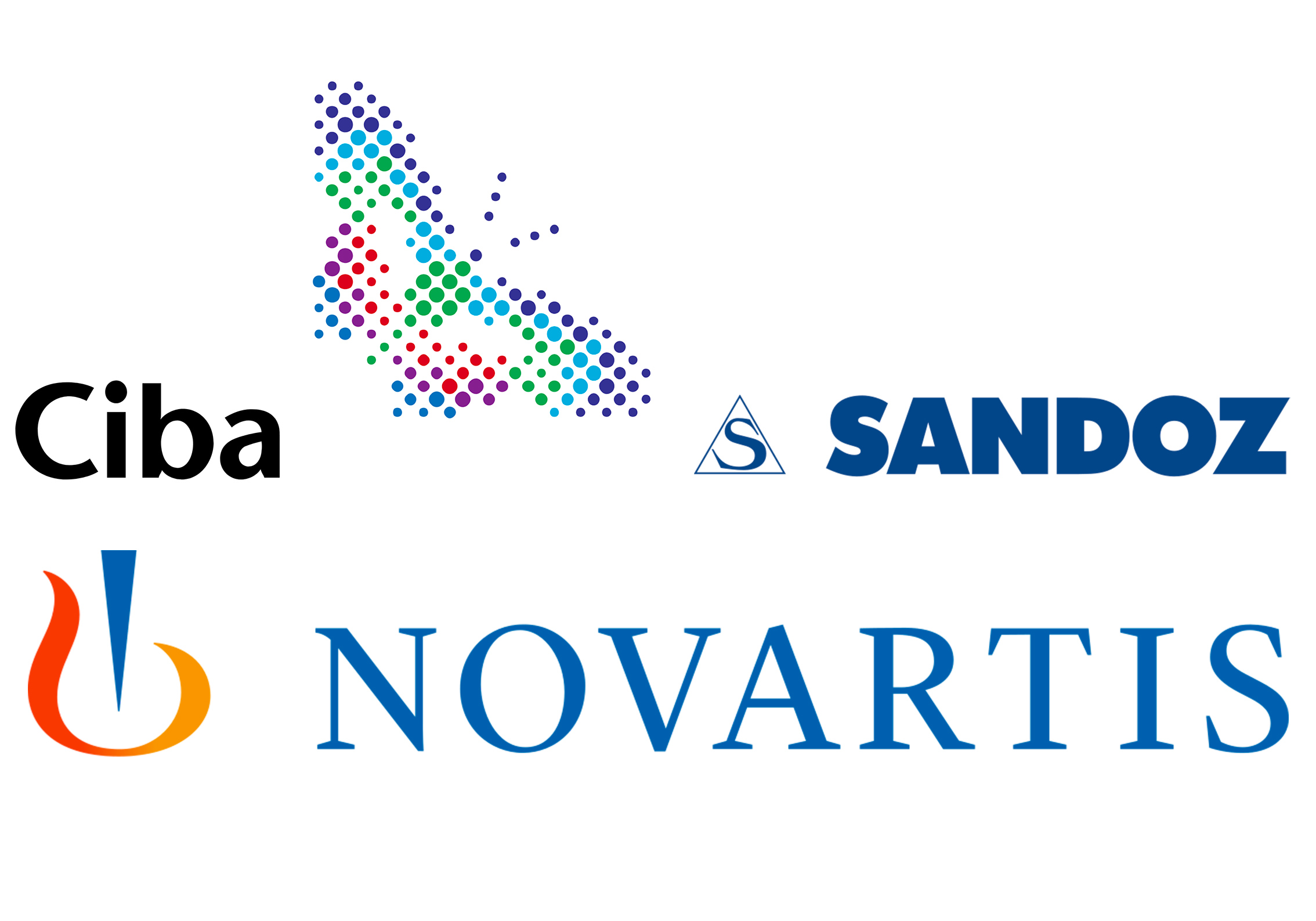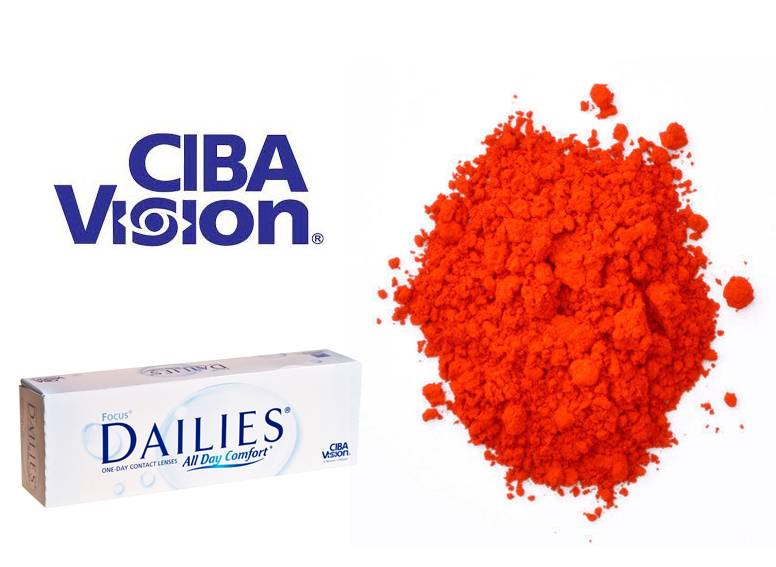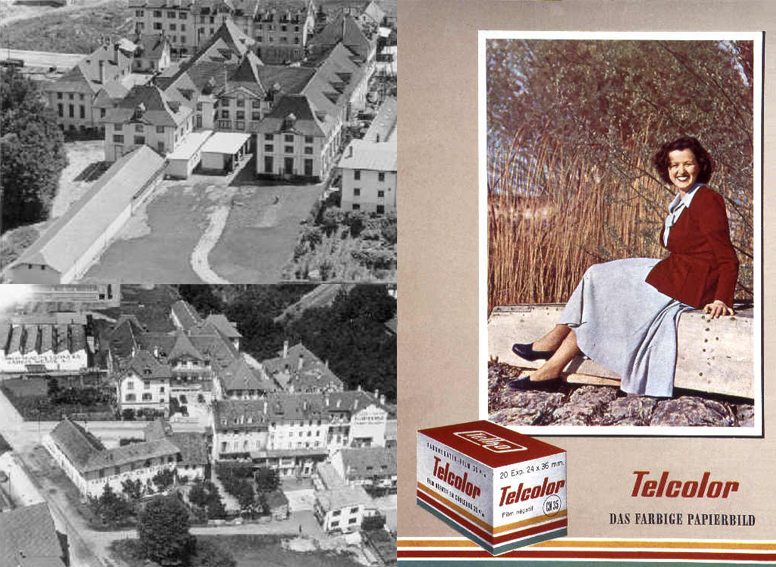History of the site
October: Eco district, end of the second step of construction.
September: MIC Car Sharing launches a new partnership with Swiss E-Car.
May: Opening of Marly’s shared garden, managed by “Couleur Jardin” (Croix-Rouge fribourgeoise).
April: Opening of the “Les Libellules” nursery in the eco-neighbourhood. This childcare facility has a capacity of 33 places per day.
March: Launch of the MIC’s “Secteur F” project, including a training centre for correctional officers, a hotel and an administrative building.
February: Eco Quartier: launch of phase 2 of construction.
August: August: Inauguration of the Marly swimming pool. This Minergie-P facility includes a 25m pool (6 lanes), a diving pit, a pool with a removable floor, a water games area and a whirlpool.
May: Launch of “carolyn”, a new car sharing system with seven electric vehicles.
December: The new TPF n°8 bus line connects the MIC to Fribourg main station in 12 minutes. Time of the automatic shuttle is over.
February: The new aquatic center is approved by the municipality of Marly. The project receives its building permit which launches the construction phase.
September: Public enquiry concerning a regional swimming pool to be built between the techno campus and the eco district.
May: Start of the constrcution of the new eco district “Ancienne Papeterie”.
October: The eco-neighbourhood receives the “One Planet Living Certification” label and the “SEED – next generation living” certification.
September: Redesign of the marly-innovation-center.org website and launch of the eco-neighbourhood project.
June: Validation of the building permit for the residential area.
May: The 1st eco-neighbourhood of the canton of Fribourg is surveyed.
September: Opening of the site to the public (open house day).
August: Opening of a Business Center with conference rooms and 8 Flexoffices.
March: Opening of a new restaurant L’Atelier du MIC.
January: Sale (or rental) of the 11,500m2 of modular surfaces at the entrance of the site.
September: Inauguration of two automatic shuttles, integration into the TPF network.
April: Creation of Gérine Energies, in partnership with the municipality of Marly.
March: Construction of 11,500m2 of modular surfaces at the entrance to the site.
July: Validation of the Masterplan by the Commune of Marly
Foundation of the Cibachrome Association. Purpose: collect and enhance the rich heritage of Tellko, Ciba and Ilford. La maison Cibachrome (museum) presents several photographic and industrial objects.
January: Takeover of the site by Marly Innovation Center Sàrl and transformation of the site into an innovation park.
Ilford is sold successively to several international groups, returns to Swiss hands in June, but the bankruptcy of Ilford Imaging Sàrl is declared in December.
Ciba merges with Sandoz and becomes Novartis. The new pharmaceutical group decides to cease its activities in Marly and transfer its staff to Basel. It sells the photo business. The photo business was sold to International Paper in 1989.
Ciba sells Ilford to the American firm International Paper. The Marly campus remains a manufacturing site for “Ilfochrome” products and is converting to R&D for inkjet printing products.
Ciba becomes the sole shareholder of Ilford Ltd and starts manufacturing papers and films in Marly. Until the end of 1980, the Basel group developed the site into a R&D campus in the fields of additives, pigments and polymers.
Several major innovations are created, such as Ferrari red pigment, resin for 3D printing and Cibavision disposable contact lenses.
After Tellko (1960), Ciba acquires the Lumière company.
At the same time, Ciba acquired shares in Ilford, thus initiating a cooperation in the production of colour photographic papers and the creation of positives from (transparent films) colour slide films. Initially called Cilchrome (“Cil” from Ciba, Ilford and Lumière) the product is then renamed Cibachrome. Its reputation is worldwide.
Purchase of 500,000 m2 of land and construction by Ciba of its research and development campus in Marly.
As an international company, Ciba needs a new research and development centre and chooses Marly. The central location in Switzerland, bilingualism, the quality of life to attract experts from all over the world, the welcome of the Commune, the possibility of developing a large site with all the necessary infrastructure, political stability, the availability of the workforce as well as the University and the School of Engineering are decisive criteria.
Active in the chemical industry, this Basel giant intends to develop its activities, particularly in the photographic field.
Join a dynaMIC campus
Tailor-made solutions tailored to your needs!
Marly Innovation Center
Route de l'Ancienne Papeterie 106
CH-1723 Marly
Mentions légales
Politique de confidentialité
T. +41 26 435 31 50
info@m-innovationcenter.org


